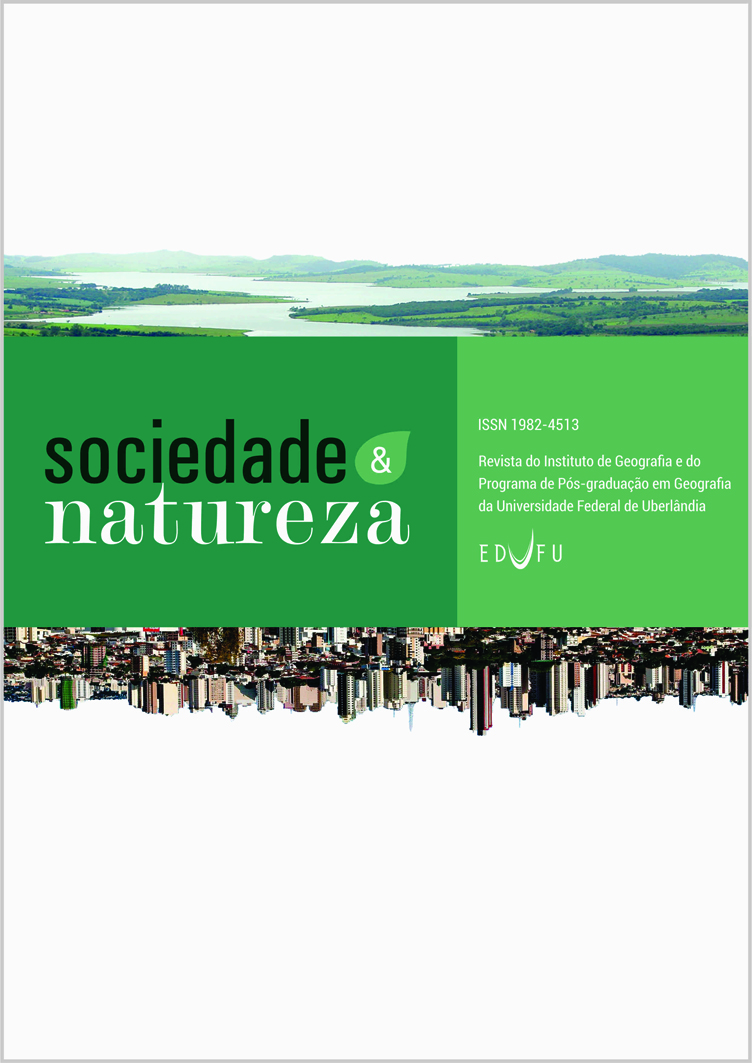Resumo
A agroindústria canavieira em Goiás conviveu, durante o auge de sua expansão na segunda metade da década de 2000, com um "gargalo" relacionado à falta de mão de obra qualificada. Essa situação ocorreu na medida em que o avanço nos projetos de mecanização e as particularidades do cultivo da cana-de-açúcar nas condições naturais de Cerrado exigiam trabalhadores que a região não estava preparada para fornecer. Trazer esses profissionais de fora - em geral, de São Paulo - acarretava em aumento dos salários e na consequente redução da rentabilidade dos investimentos. Ademais, havia o problema de poucos deles se adaptarem às pequenas cidades do interior de Goiás, onde se instalaram as usinas. Nosso objetivo é analisar os mecanismos que permitiram à região minimizar os efeitos da ausência de mão de obra qualificada, apoiando o desenvolvimento da agroindústria canavieira. O artigo discorre sobre a expansão da produção de açúcar e etanol em Goiás entre 2006 e 2013 e como criou-se uma demanda e oferta por mão de obra apta ao trabalho nas usinas.
Direitos Autorais para artigos publicados nesta revista são do autor, com direitos de primeira publicação para a revista. Em virtude de aparecerem em revista de acesso público, os artigos são licenciados sob Creative Commons Attribution (BY), que permite o uso irrestrito, distribuição e reprodução em qualquer meio, desde que o trabalho original seja devidamente citado.

